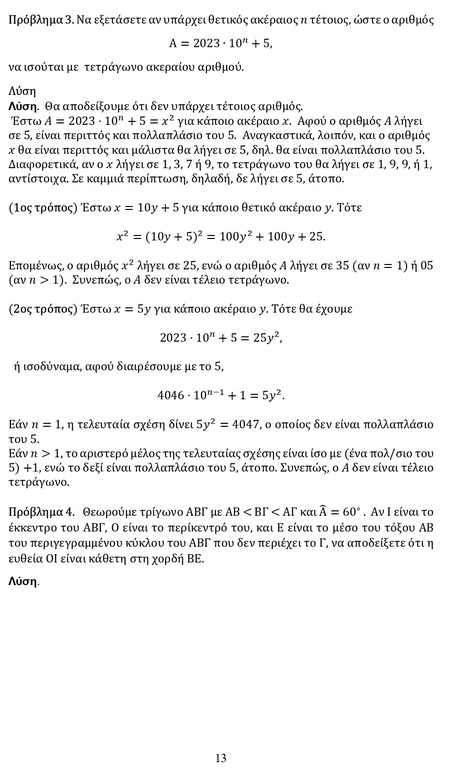
Συντάκτης: shasapis
ΘΑΛΗΣ 2023






https://www.geogebra.org/calculator/gqbqgrpv










Με συναδέλφους στο 12ο γυμνάσιο Περιστερίου, όπου μαθητές του σχολείο μας διαγωνίστηκαν στον 84ο ΘΑΛΗ 2023




Wordpress Συλλέκτης: Γρήγορη αρχειοθέτηση-δημοσίευση αντικειμένων και προσωπικών δημιουργιών από www.arithmoi.gr. Δίνει χρήσιμο υλικό διδασκαλίας εδώ: https://ylikodidaskalias.wordpress.com/ ΟΛΟ ΤΟ ΥΛΙΚΟ εδώ και σύνδεσμοι μόνο προς αυτό.






https://www.geogebra.org/calculator/gqbqgrpv










Με συναδέλφους στο 12ο γυμνάσιο Περιστερίου, όπου μαθητές του σχολείο μας διαγωνίστηκαν στον 84ο ΘΑΛΗ 2023



